|
Biog: Consort of
King Edward VII.
Date: 3/4 July 1897.
Occasion: Devonshire
House Ball.
Location: Devonshire
House, Piccadilly, London.
Descr: TQL standing.
Costume: As Marguerite
de Valois
Jewellery: -
Furniture and Props:
-.

Photographer: James
Stack Lauder, 36, Tregunter Road, South Kennsington, London, carrying
on business at 179, New Bond Street, London, under the style of J. Lafayette.
No of poses: 1.
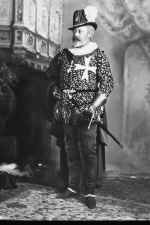 |
| King
Edward VII 1897 |
Copyright: V&A
All
images on this site are copyright V&A. For further information on
using or requesting copies of any images please contact the V&A Picture
Library: vaimages@vam.ac.uk including the URL of the relevant page
Provenance: Russell Harris, donation to V&A
Image displayed in:
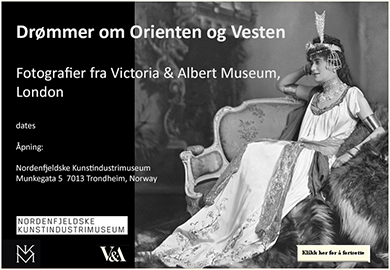
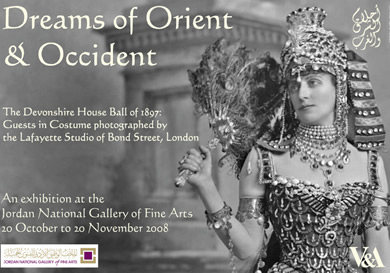
Born Princess of Denmark to parents who also produced a king of Greece and an empress of Russia, Alexandra was considered a great beauty in Britain. Her presence created instant devotion with the general public as well as members of her own family. The infant Princess Marie of Edinburgh (later Queen of Romania) remembered her first sight of her aunt: “She [Alexandra] came down one day at tea-time in a marvellous red velvet robe with long flowering train. She dazzled me utterly, I was speechless with adoration.”
Wife of the serially philandering Edward and the centre of the Marlborough House set, which was singularly un-Victorian in its dedication to fun and pleasure, Alexandra turned a deaf ear to the goings-on around her husband and was even gracious to his mistresses at the time of his death.
As the head of the Marguerite de Valois court at the Ball, Alexandra’s costume bears great similarity to those worn by her daughter Princess Louise and the other ladies of her suite. The only extant costume from this group of the Ball bears the label of the French dressmakers Morin-Bloissier. In fact Queen Alexandra disapproved of spending great amounts on robes, and she may well have bridled at the expense involved in her Marguerite de Valois costume.
The image, however, shows the massive amounts of jewellery that the Princess wore on public occasions and in many of her portraits. The pearl choker around her neck became a fashion, but not many could compete with the diamond ornaments, swag after swag of pearls or the small crown of diamonds hung with a clasp.
Born Princess of Denmark to parents who also produced a king of Greece and an empress of Russia, Alexandra was considered a great beauty in Britain. Her presence created instant devotion with the general public as well as members of her own family. The infant Princess Marie of Edinburgh (later Queen of Romania) remembered her first sight of her aunt: “She [Alexandra] came down one day at tea-time in a marvellous red velvet robe with long flowering train. She dazzled me utterly, I was speechless with adoration.”
Wife of the serially philandering Edward and the centre of the Marlborough House set, which was singularly un-Victorian in its dedication to fun and pleasure, Alexandra turned a deaf ear to the goings-on around her husband and was even gracious to his mistresses at the time of his death.
As the head of the Marguerite de Valois court at the Ball, Alexandra’s costume bears great similarity to those worn by her daughter Princess Louise and the other ladies of her suite. The only extant costume from this group of the Ball bears the label of the French dressmakers Morin-Bloissier. In fact Queen Alexandra disapproved of spending great amounts on robes, and she may well have bridled at the expense involved in her Marguerite de Valois costume.
The image, however, shows the massive amounts of jewellery that the Princess wore on public occasions and in many of her portraits. The pearl choker around her neck became a fashion, but not many could compete with the diamond ornaments, swag after swag of pearls or the small crown of diamonds hung with a clasp.
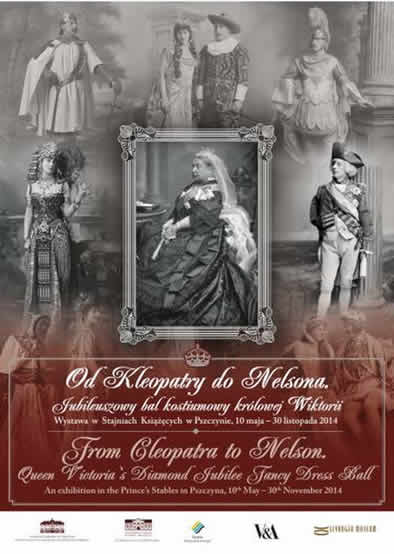
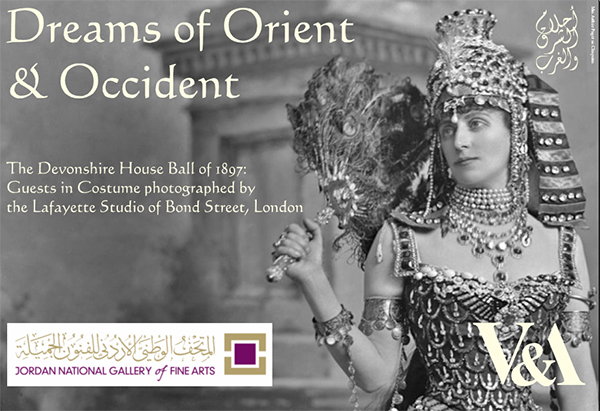
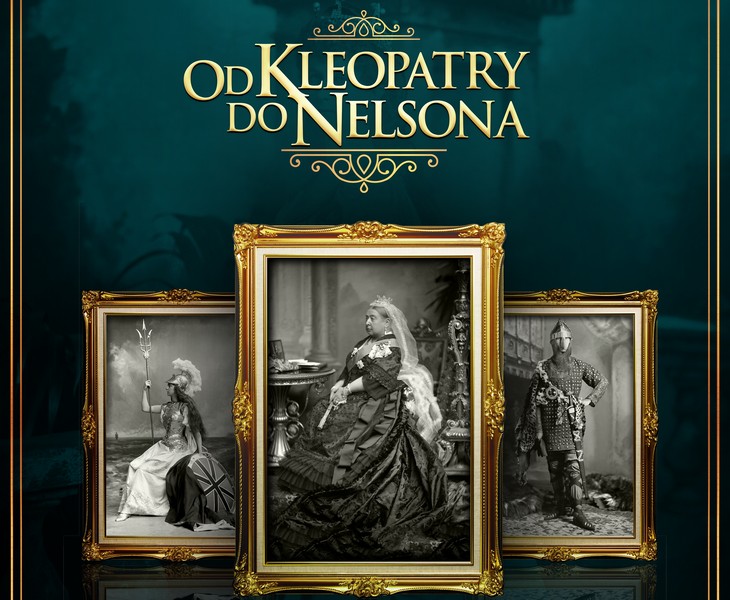

References:
Biog: Dictionary
of National Biography; Hugh Montgomery-Massingberd ed., Burke's
Royal Families of the World, Vol 1, London, 1977, pp. 70 & 308-309.
Photog: Copyright
Records, Public Record Office, Kew, COPY 1/413, 4 July 1893. (4 poses
registered).
Reproduced: tba.

Acknowledgements:
-

|